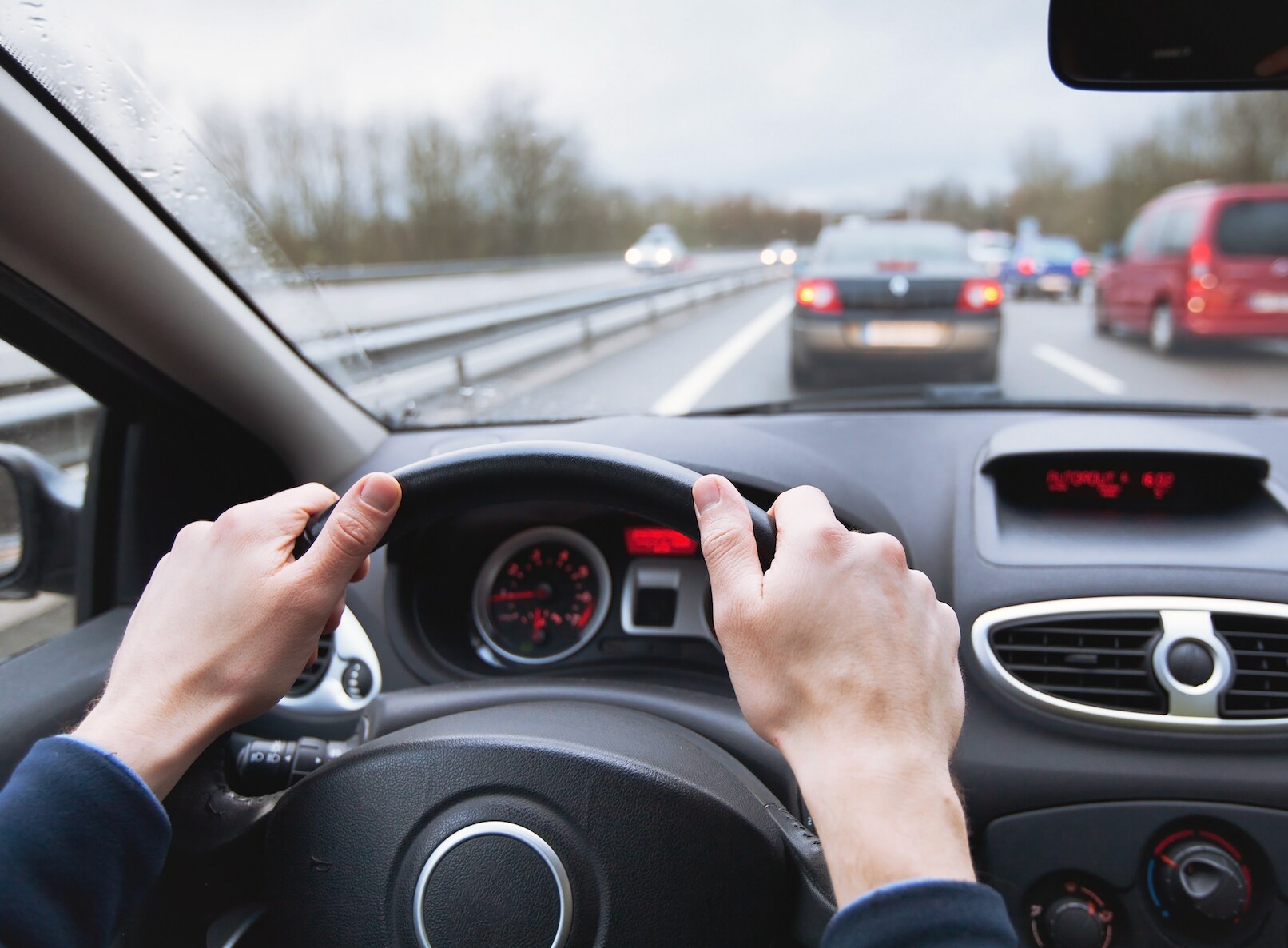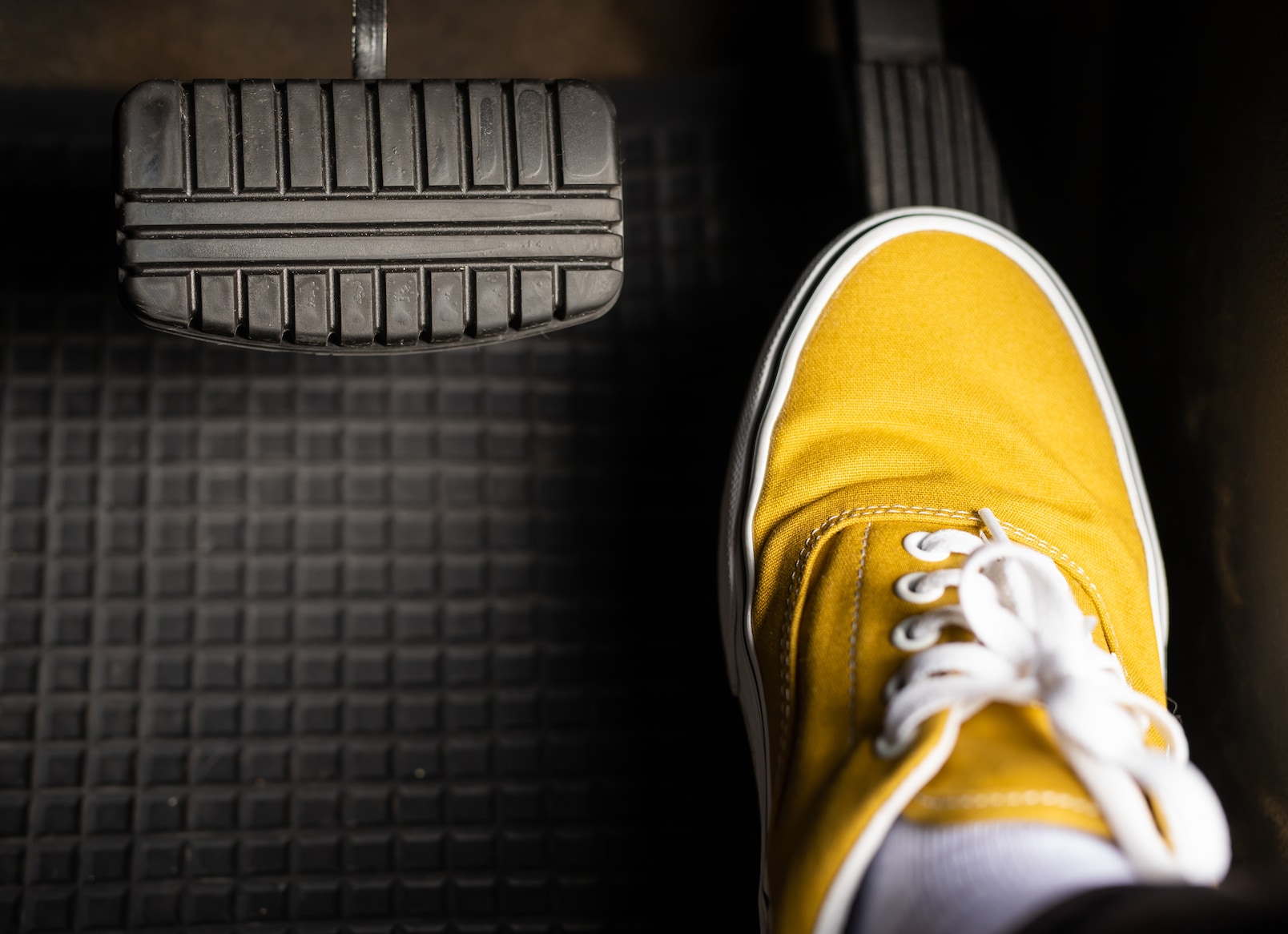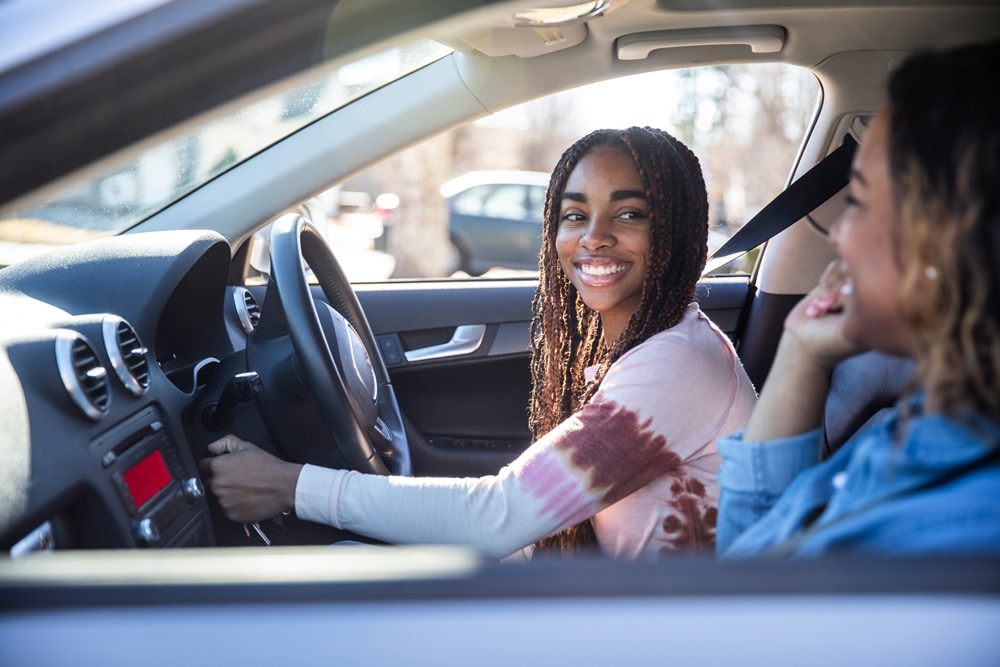There are excellent performance driving schools available today such as BMW's M School or Radford Racing's Performance Driving course, Skip Barber's Racing School and Allen Berg's Racing schools. All get you behind the wheel of a fast car and professional race drivers and high-performance instructors put you through the paces to teach you the ropes, enhance your driving experience, and improve your skills. These excellent courses include tips for improving your driving skills for everyday driving that can help anyone to improve their driving ability and accident avoidance.
Skills to be a Better Driver
The BMW M Performance school takes you around its amazing track in Greer, South Carolina for several days in the automaker's latest sedans. You learn how to maneuver corners, increasing your speed through turns and straightaways as the days go on. Its training programs include classroom sessions and plenty of time on the company's excellent race track. You learn how to improve your overall control, braking, controlling a skid, even how to drift.
The instructors give you plenty of time behind the wheel as well as classroom instruction and some of what you learn really stays with you for life. I find that I use the following skills every time I am behind the wheel.

You Go where you are Looking!
Whether you are driving around a racetrack or on an Interstate Highway, the human brain is wired to go in the direction that you are looking. It's true. That's why weekend warrior motorcyclists who are carving corners down twisty canyon roads often follow the rider ahead of them… right off a cliff! It is important to widen your field of vision to take in the bigger picture and look where you want to go. One of the most important things to learn is to practice putting the car exactly where you want it to go. Your body is programmed to follow your eyes and complete the trajectory.
When driving, look ahead into the next corner that is coming up and picture where you want to go. You can train your body to work in concert with your eyes to perfect your rate of approach, where to position the car in your lane, regulate your speed and amount of braking and how much throttle to use in coming out of the curve. It is all about practice and the more you learn about the feel and responsiveness of your car, the more precise your driving will become.
Drive Defensively
Defensive driving is a learned skill that involves predicting problems on the road before they occur and giving yourself more room and time to adjust to changing conditions. By keeping your eyes focused well ahead of the vehicle that is in front of you, you can see and respond to problems before they get too close to you.
For instance, if a car or truck several vehicles in front of you hits the brakes, you'll see their stop lights engage and can prepare to brake right away. Keeping ample room between you and the cars ahead of you will help you see any road debris in your way before you are on top of it.

Pretend that everyone and everything on the road is out to get you personally. Drive as if your life depends on it… because it does. While driving on surface streets, I always pretend that there is a protective bubble around my vehicle and look for escape routes in case any other vehicle decides to get too close to me. It's kind of like being in a video game. I imagine that everyone else is involved in a demolition derby or death race, and I'm always prepared to maneuver out of the way of other drivers, motorcyclists, pedestrians, even animals that might leap out in front of me.
And these perceived obstacles aren't only in front of me. I also imagine that everything behind me is out to get me too. I keep my eyes darting from the scene ahead, beside me, and behind me, checking my rearview mirrors and blind spots for anything that might be sneaking up to do me and my car potential harm.

Focus on the Big Picture
Race drivers are laser focused on what is ahead of them on the track, but your peripheral vision is equally important. Expand your field of vision to take in the entire imaginary bubble around you and your car.
Performance Driving courses spend a good bit of time building your reaction skills. Expand your vision even further to see the bigger picture of everything that is around you. Watch for movement and changes to what is coming your way from every angle and perspective. The more you are aware of everything that is around you, the safer you will likely be.
One of the biggest problems that drivers today encounter is a lack of focus. There are too many things that are working to shift our focus away from the most important job we have while behind the wheel of a car; namely driving. Getting where you are going safely is more important than glancing away to read a text or to take a phone call. It is more important than fiddling with the radio or eating a sandwich. Stay alert and stay focused. Remember that being aware of everything that is around you is the most important car-control skill.
Know what Your Car Can Do!
One of the things that most impressed me while attending the BMW M Performance School was how amazing today's cars truly are. BMWs really are the Ultimate Driving Machines in that they are designed to perform in ways that the average driver will never know or appreciate. They can out-perform, out brake, and out maneuver in ways that are truly astounding. Did you know that when being involved in an imminent collision, most people are too scared to see what their vehicle will really do and don't brake hard enough. They might have enough room to stop, but crash into another car because they have never pushed their brakes to the limit that they are capable of.


Driving Position
Proper driving position is something I learned at a driving school that I check every time I get behind the wheel. You want to sit high enough to see the road ahead properly and straight enough to feel in control. You want your feet to touch the foot controls easily and your back to be straight enough so that you can feel the vehicle pivot around you (driving by your butt). You want your steering wheel to be within easy reach with enough bend at the elbow that when you reach forward, your wrists can touch the top of the steering wheel.
When it comes to where your hands are positioned, most professional drivers will tell you that you want your left hand at the nine o'clock position and your right hand at the three o'clock position. This allows for the best control during most steering positions and less fatigue.
Practice Makes Perfect
If driving is important to you and you enjoy the occasional track day, focus on precision. The best line around a corner is the straightest one. The more you practice hitting your driving line the same way every time, the control you'll feel will lead to faster lap times. Accuracy leads to speed.
Remember that braking is a great tool for transferring weight around when you need it and entering a turn is all about setting up the best exit. Feathering the brakes properly at the beginning of a turn and releasing them before the apex can get you through corners faster without transferring weight to the rear of the vehicle too quickly.
Learn your car, become one with it, and practice, practice, practice.



